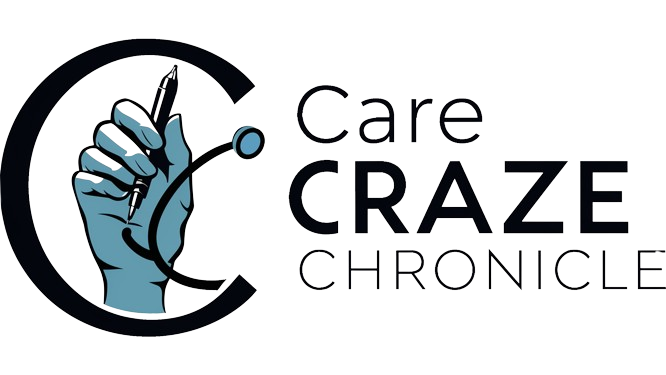- Home
- Latest
- Disease A-Z
- Healthy Living
- Nutrition Facts
- Fitness Advice
- Medical Insights
- Mental Health
Subscribe to Updates
Subscribe to the CareCraze Chronicle newsletter for the latest updates, health tips, and exclusive content delivered straight to your inbox.
What's Hot
Browsing: Blog
Your blog category
Properties and production Sir Humphry DavySir Humphry Davy, detail of an oil painting after Sir Thomas Lawrence; in the National Portrait Gallery, London.(more)Because sodium is extremely reactive, it never occurs in the free state in Earth’s crust. In 1807 Sir Humphry Davy became the first to prepare sodium in its elemental form, applying electrolysis to…
What are the symptoms of trigeminal neuralgia?The main symptom of trigeminal neuralgia is sudden, intense pain in your face — usually on one side. The pain may be an electric shock-like or stabbing sensation. You may also have facial muscle spasms during the attacks. In between pain attacks, you may feel the following sensations:Burning.Throbbing.Numbness.Dull achiness.There…
Metabolism and weight loss: How you burn caloriesFind out how metabolism affects weight, the truth behind slow metabolism and how to burn more calories.By Mayo Clinic Staff Some people blame their weight on how their body breaks down food into energy, also known as metabolism. They think their metabolism is too slow. But is that…
What Too Much Sugar Does to Your HealthResearch has linked the high amounts of refined and added sugars in snack foods, sweets, and sodas to weight gain and the development of obesity in the United States, as they tend to be calorie-dense with none of the nutritive benefits, says Mazzella. These types of sugars can…
OverviewTrigeminal neuralgia (try-JEM-ih-nul nu-RAL-juh) is a condition that causes intense pain similar to an electric shock on one side of the face. It affects the trigeminal nerve, which carries signals from the face to the brain. Even light touch from brushing your teeth or putting on makeup may trigger a jolt of pain. Trigeminal neuralgia…
We include products we think are useful for our readers. If you buy through links on this page, we may earn a small commission or other tangible benefit. Wellos and Healthline Media are owned by RVO Health. Here’s our process.How we vet brands and productsHealthline only shows you brands and products that we stand behind.Our…
Diagnosis Upper endoscopy Enlarge image Close Upper endoscopy Upper endoscopy During an upper endoscopy, a healthcare professional inserts a thin, flexible tube equipped with a light and camera down the throat and into the esophagus. The tiny camera provides a view of the esophagus, stomach and the beginning of the small intestine, called the duodenum.…
Anxiety affects everyone in different ways. Sometimes, the feelings of fear and dread don’t go away or get worse over time. Here, you can learn about anxiety, who it affects, and how to manage it. Anxiety is your body’s natural response to stress. It’s a feeling of fear or apprehension about what’s to come. For…
What causes beta thalassemia?Beta thalassemia results from a mutation (error) that limits beta-globin production in your body. Hemoglobin consists of four protein chains, two alpha-globin chains and two beta-globin chains. Mutations of the alpha-globin chain cause alpha thalassemia, while mutations of the beta-globin chain cause beta thalassemia. A deficiency of either globin chain damages and…
Neurodiversity describes the idea that people experience and interact with the world around them in many different ways; there is no one “right” way of thinking, learning, and behaving, and differences are not viewed as deficits. The word neurodiversity refers to the diversity of all people, but it is often used in the context of…
